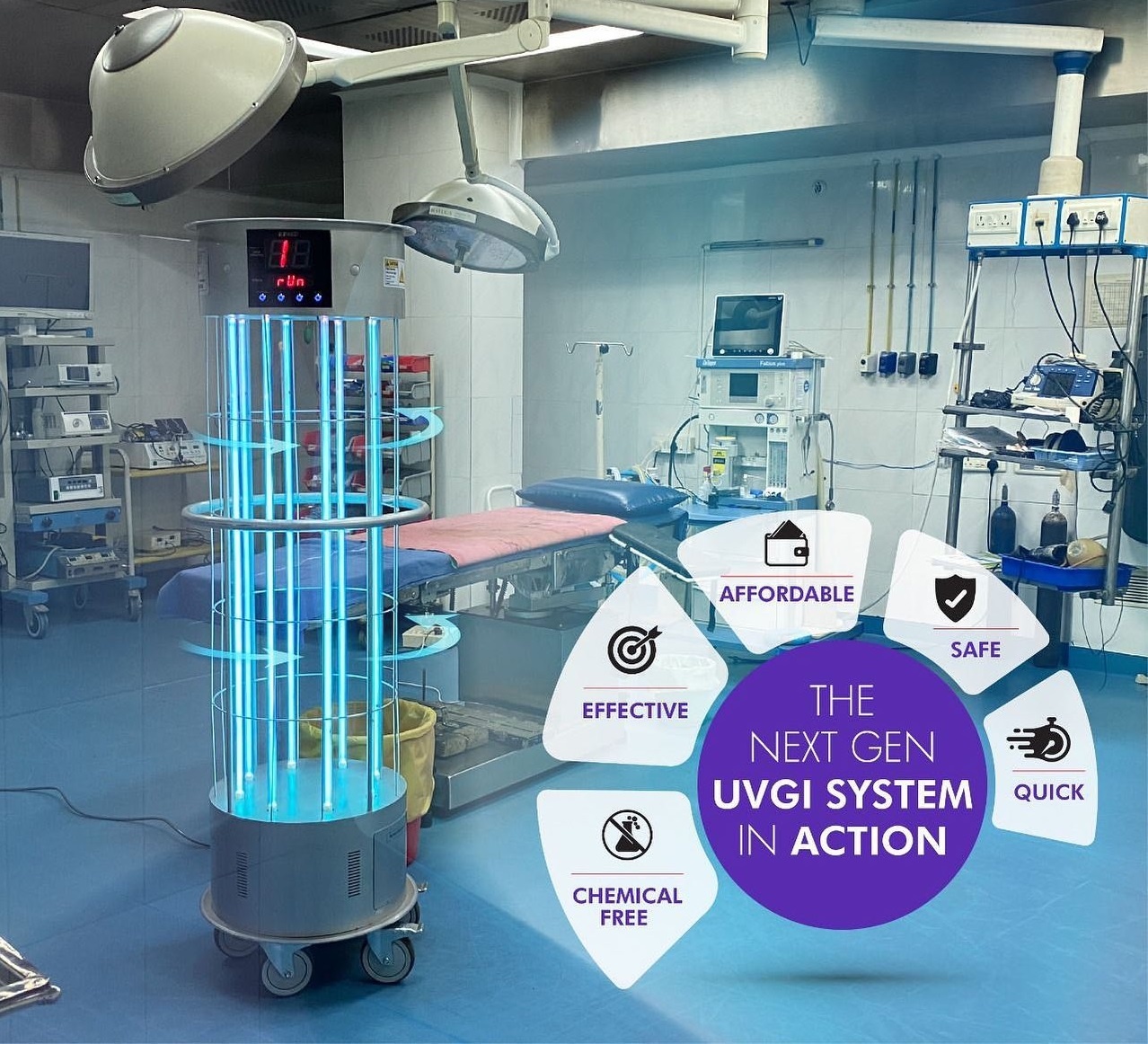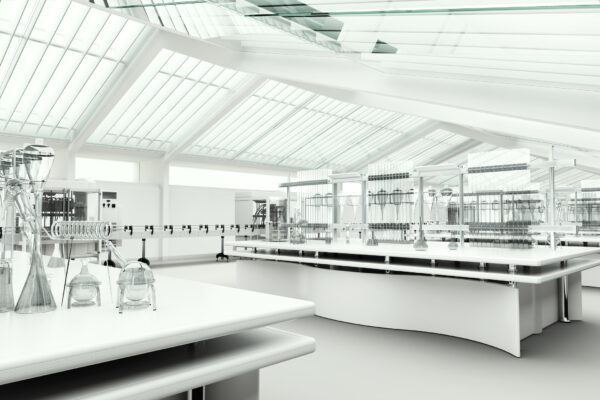Using the Power of UV Surface Disinfection: A Comprehensive Guide for Healthier Spaces
Using the Power of UV Surface Disinfection: A Comprehensive Guide for Healthier Spaces
Blog Article
Taking Advantage Of the Possible of UV Sanitation: Shielding Wellness and Health
UV sanitation, a technology commonly used in different sectors, has verified reliable in eliminating hazardous microorganisms. From recognizing the mechanisms at play to executing this innovation in our daily lives, this discussion intends to shed light on the possibility of UV sanitation and its role in securing our health and wellness and health.
Comprehending UV Disinfection
UV sanitation is a highly efficient and extensively used technique for making certain and removing damaging pathogens wellness and hygiene. This technique utilizes ultraviolet (UV) light to suspend microbes by damaging their DNA and avoiding them from recreating. UV sanitation is especially effective against microorganisms, infections, and various other microbes that can create infections and illness.
The principle behind UV sanitation is simple yet effective. When UV light is discharged at a certain wavelength, it passes through the microbe's cell wall surface and disrupts its hereditary material. This procedure, referred to as photodissociation, causes the development of thymine dimers, which protect against the microbe from replicating and rendering it harmless. UV disinfection can be used in numerous setups, consisting of water treatment plants, medical care centers, food processing industries, and air filtration systems.
Among the advantages of UV disinfection is its capacity to effectively and efficiently get rid of a wide variety of pathogens without the requirement for ingredients or chemicals. Unlike various other disinfection methods, such as chlorine or ozone, UV disinfection does not present unsafe by-products or chemical deposits right into the atmosphere. Additionally, UV disinfection is a non-contact process, which indicates that it does not require physical contact with the microbes, lessening the danger of cross-contamination.

The Science Behind UV Sanitation
The performance of UV disinfection lies in its capability to interrupt the genetic product of microbes, providing them not able to duplicate and thereby removing their damaging potential. This high-energy UV-C radiation is most effective in sanitation applications since it can pass through the cell walls of microbes and damage their DNA or RNA.
When bacteria are subjected to UV-C radiation, the power is soaked up by their genetic material, creating bonds to break and forming chemical reactions that interrupt their ability to reproduce. This prevents the microbes from spreading out and reproducing infection. UV sanitation is especially effective against bacteria, viruses, and fungis, including typical virus such as Escherichia coli, Salmonella, and Influenza.
The scientific research behind UV disinfection is sustained by considerable research and researches. It has been shown that direct exposure to an enough dosage of UV-C radiation can achieve a high degree of sanitation, typically surpassing 99.9% efficacy in eliminating bacteria. It is important to keep in mind that the efficiency of UV sanitation depends on various variables, including the strength of UV-C radiation, exposure time, distance from the UV resource, and the susceptibility of the microbe to UV radiation (uv surface disinfection).
Applications of UV Sanitation
Provided the substantial research and efficiency of UV sanitation in interfering with the hereditary product of microbes, it is essential to discover the numerous useful applications of this modern technology. UV sanitation has actually verified to be a useful tool in a variety of industries where maintaining a tidy and risk-free environment is crucial.
One major application of UV sanitation remains in health care settings. UV light can be utilized to sanitize surfaces, tools, and even the air in health centers and clinical centers. This assists to decrease the risk of healthcare-associated infections and ensures a safer atmosphere for patients and healthcare employees.
One more crucial application remains in the food and beverage industry. UV sanitation is made use of to deal with water and eliminate unsafe pathogens, such as E. coli and Salmonella, from the manufacturing process. uv surface disinfection. This makes sure the safety and security and high quality of the products we eat
UV disinfection is additionally widely made use of in water treatment plants and wastewater treatment centers. It is an efficient approach for ruining unsafe germs, infections, and bloodsuckers that can be existing in water resources. This assists to provide clean and safe alcohol consumption water to communities and shield the environment from air pollution.
In addition, UV sanitation is employed in the pharmaceutical sector to decontaminate devices and preserve the integrity of products. It is also utilized in research laboratories and study centers to protect against contamination and make sure exact outcomes.
Advantages of UV Sanitation Technology
One notable advantage of using UV sanitation modern technology is its ability to effectively remove microorganisms without using severe chemicals. This is specifically beneficial in different settings, such as health care facilities, water therapy plants, and food handling industries, where the presence of hazardous pathogens poses a significant danger to public health and safety.
Unlike conventional sanitation approaches that depend on chemicals like chlorine or ozone, UV disinfection modern technology makes use of ultraviolet light to target and destroy the DNA of microorganisms, successfully counteracting their capability to recreate and create infections. This process not only removes the demand for potentially harmful chemicals however additionally minimizes the risk of chemical deposit or byproducts continuing to be in the cured setting.

Furthermore, UV disinfection technology is ecologically friendly. As it does not rely upon making use of chemicals, it gets rid of the demand for their transportation, manufacturing, and disposal, reducing the total carbon impact related to sanitation procedures. Additionally, UV disinfection systems have a longer life-span compared to chemical-based techniques, causing less frequent replacement and additional decreasing waste.
Applying UV Sanitation in Life
To effectively implement UV disinfection in great site day-to-day life, people and organizations can incorporate portable UV sanitizing gadgets into their hygiene regimens and cleaning techniques. These devices are designed to send out ultraviolet light, which has actually been shown to kill or suspend a large range of microbes, including microorganisms, fungis, and viruses. By utilizing portable UV disinfecting devices, individuals can decontaminate frequently touched objects and surface areas, such as mobile phone, laptop computers, keys, and doorknobs, reducing the danger of spreading out germs and infections.
Along with including mobile UV disinfecting tools, it is necessary to adhere to appropriate guidelines and suggestions for effective UV disinfection. This consists of ensuring that the device is utilized properly and for the suggested duration to attain optimum sanitation outcomes. It YOURURL.com is additionally crucial to focus on security measures, such as putting on protective glasses and staying clear of direct exposure of the UV light to the skin.

In addition, companies can apply UV sanitation modern technology in different setups to improve hygiene techniques. Health centers and healthcare centers can utilize UV disinfection robots to sanitize client rooms, operating cinemas, and other high-touch areas. Food handling industries can integrate UV sanitation systems into their production lines to improve food safety and security and stop contamination.
Final Thought
Finally, UV sanitation innovation holds wonderful prospective in safeguarding health and health. By taking advantage of the power of ultraviolet light, it effectively gets rid of dangerous microorganisms and decreases the threat of infections. This modern technology can be applied in different settings, such as medical facilities, water treatment facilities, and public rooms, providing a secure and efficient method of disinfection. With its various advantages, UV disinfection is a beneficial tool for keeping a healthy and balanced and tidy atmosphere.
Unlike other sanitation techniques, such as chlorine or ozone, UV sanitation does not introduce dangerous by-products or chemical residues right into the atmosphere. It is important to note that the effectiveness of UV sanitation depends on different variables, including the intensity of UV-C radiation, exposure time, distance from the UV source, and the sensitivity of the microbe to UV radiation.
An additional benefit of UV disinfection technology is its ability to supply constant and quick sanitation. Unlike guidebook cleaning approaches, which can be time-consuming and require significant labor, UV disinfection systems can be automated and run continuously, making certain constant go to this web-site sanitation without human treatment.To efficiently execute UV disinfection in daily life, individuals and organizations can incorporate mobile UV sanitizing gadgets right into their hygiene regimens and cleansing methods.
Report this page